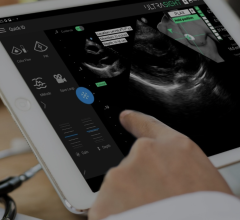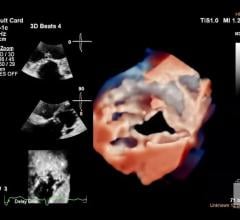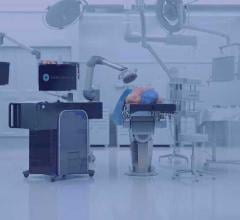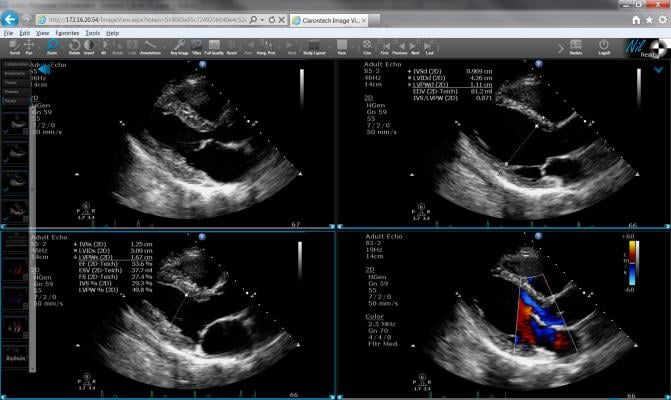
January 21, 2019 – Medical experts have released “Guidelines for Performing a Comprehensive Transthoracic Echocardiographic Examination in Adults: Recommendations from the American Society of Echocardiography.” The American Society of Echocardiography (ASE) first established recommendations for the comprehensive transthoracic echocardiography (TTE) exam in 1980, and TTE has continued to be a centerpiece of ASE’s educational resources over the years. With the evolution of both technology and performance, this new guideline addresses these changes and aims to provide new guidance to enhance imaging quality and empower echocardiographers to provide the best possible care for their patients.
Filled with original illustrations, instructive videos, and detailed instructions to provide an effective resource for all echocardiographers, this document gives a comprehensive view of scanning techniques and protocols for today’s cardiovascular imaging.
The guideline, featured in the January 2019 issue of the Journal of the American Society of Echocardiography (JASE), has gained wide support from the echocardiography community and has been endorsed by 22 cardiology/echocardiography societies around the world. The writing group for this important paper was co-chaired by Peter Rahko, M.D., FASE, director of echocardiography at the University of Wisconsin Hospital in Madison, Wis., and Carol Mitchell, Ph.D., RDMS, RDCS, RVT, RT(R), ACS, FASE, assistant professor at the University of Wisconsin School of Medicine and Public Health in Madison, Wis.
Rahko commented, “Echocardiography, specifically TTE, is the most versatile imaging modality for diagnosing cardiovascular disease, and the past decade has seen its use expand into many new clinical areas. To ensure that patients continue to receive the best care, we felt it was essential to reexamine what constitutes a contemporary comprehensive TTE.”
The document includes an abundance of figures and illustrated tables, plus over 100 videos, in an effort to thoroughly define and demonstrate the various scanning maneuvers and image optimization techniques recommended for sonographers when performing an exam. “As the writing committee surveyed available resources, we found a lack of updated information, as well as a lack of consensus, in how to define all the different scanning techniques,” noted Mitchell. “Our hope is that this will provide a valuable resource for students and new sonographers, and that echo labs will use these new recommendations as a starting point to design comprehensive protocols that best fit the patient populations they serve.”
In conjunction with the publication of the guideline document, Rahko and Mitchell will conduct a live webinar, including a question and answer section, on Jan. 31, 2019 at 6:00 p.m. Eastern Time. The webinar is available for free to all ASE members and open to all other clinicians for just $25; registration for the webinar is open now on ASEUniversity.org. This webinar is the second one focused on this guideline; the first webinar was hosted in December and a recording is available online to facilitate education for those who could not attend the live webcast.
The full guideline document is available on the Journal of American Society of Echocardiography (JASE) website (OnlineJASE.com). This document and all ASE Guideline documents are also available to the medical community at ASEcho.org/Guidelines.
For more information: www.asecho.org

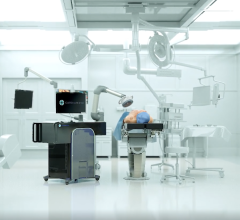
 April 05, 2024
April 05, 2024 

